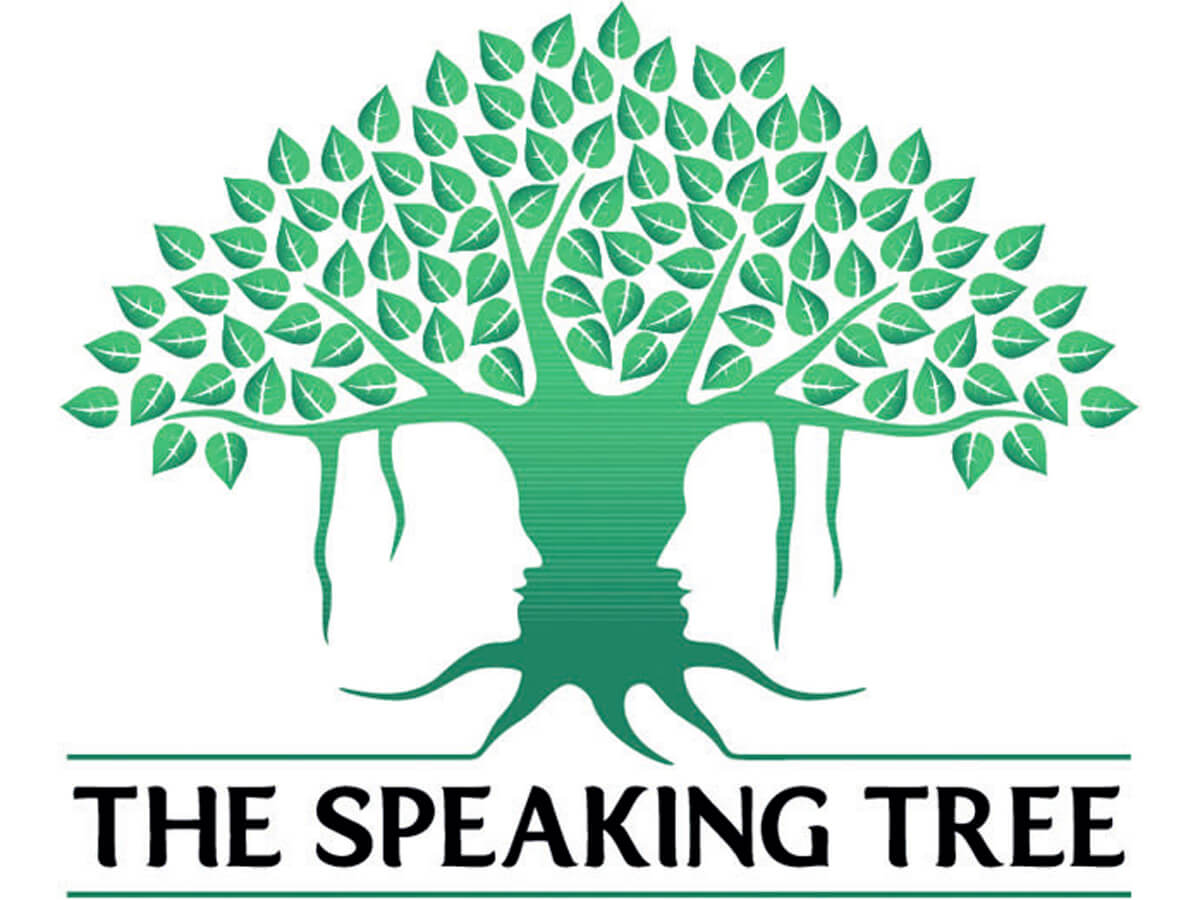Like the priest, the musician first purifies his own mind, body and soul, and seeks his guru’s blessings before he begins to sing. As the temple precincts are washed before the daily prayer ritual, the place where the riyaaz is performed each day is cleansed likewise. The priest first ‘calls’ the deity, what is known as the ‘aavahan’, with mantras and invites Him to be seated in the statue. While bathing the murti, and before starting the puja, the priest decorates it with vermillion, ash, sandalwood and silk cloth.
To the chanting of mantras, the priest ‘appeases’ the divinity present in the murti, treating God as guest, and offering, one by one, water, milk, honey, perfume, flowers, incense, sweets and fruit, and the light of the oil lamp. Similarly, the musician now mouths the lyrics like a mantra, appeasing the raga’s deity by awakening its mandala or mystic svara configuration.
As the paragraphs of the raga are sung, in cycles of initiation, elaboration and conclusion, they expand its presence and aura, giving it life and a spiritual extension and reach.
June 21 is World Music Day

